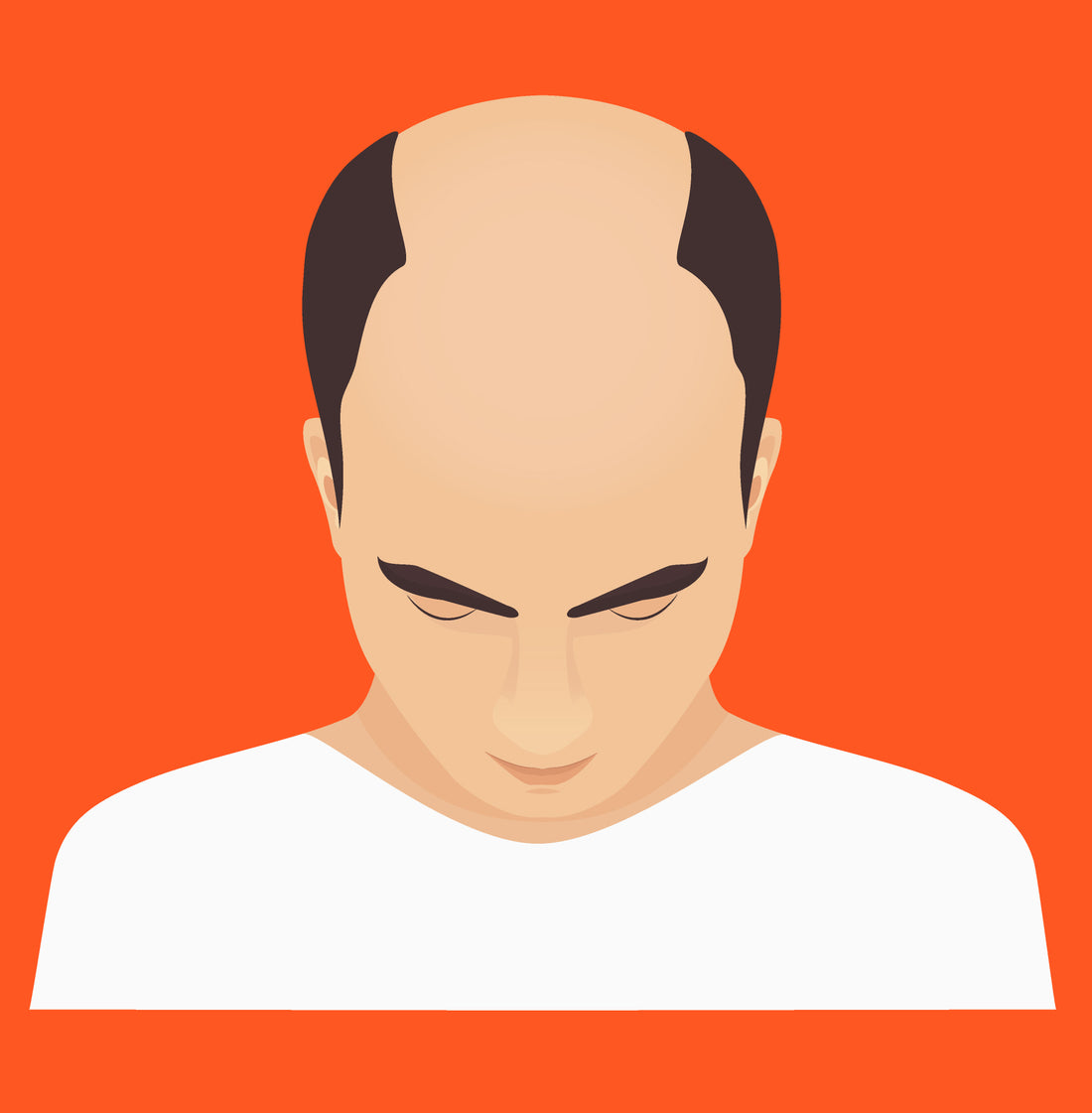
Does a Hair Transplant Look Natural? The Ultimate Guide to Natural-Looking Results
Share
Does a Hair Transplant Look Natural? The Ultimate Guide to Natural-Looking Results
One of the most common concerns people have when considering a hair transplant In Turkey is whether the results will look natural. Whether you're dealing with male pattern baldness or thinning hair, restoring a full, youthful head of hair is highly desirable. However, the fear of an unnatural, "pluggy" look often holds potential candidates back from seeking treatment.
In this blog, we will explore the factors that determine whether a hair transplant looks natural, how modern techniques ensure realistic outcomes, and how to achieve the most natural-looking hair restoration possible.
What Makes a Hair Transplant Look Natural?
Achieving a natural-looking hair transplant depends on several key factors. Here’s what contributes to the success of a realistic hair restoration:
1. Surgeon’s Skill and Experience
The expertise of the hair transplant surgeon is crucial in ensuring natural results. A highly skilled surgeon understands the art and science behind hairline design, graft placement, and follicle direction. By using their experience and training, they can create a hairline that mimics natural growth patterns, ensuring the transplanted hair blends seamlessly with the existing hair.
2. Hair Transplant Technique: FUE vs. FUT
The method used for the hair transplant In Turkey is a major factor in how natural the results will look. Let's take a closer look at the two most popular techniques:
-
FUE (Follicular Unit Extraction): FUE is considered the gold standard in hair restoration surgery due to its natural-looking results. The procedure involves extracting individual follicles from a donor area and transplanting them into the thinning or balding regions. Since this method doesn’t require large incisions, it minimizes scarring and produces more natural, undetectable results.
-
FUT (Follicular Unit Transplantation): FUT involves removing a strip of scalp from the donor area, which is then divided into smaller grafts and transplanted. While FUT can produce natural results, it does leave a linear scar in the donor area. Additionally, FUT is less commonly used today due to the rise of FUE, which provides a more discreet, minimally invasive solution.
While both techniques can provide natural results, FUE hair transplant is the preferred choice for many seeking a more discreet and natural appearance.
3. Hairline Design and Placement
A natural-looking hairline is key to the overall success of a hair transplant In Turkey. Surgeons should create a hairline that gradually blends into existing hair, avoiding a straight, artificial look. A natural hairline is typically soft with irregular angles, resembling the way your hairline would naturally recede or thin.
- Gradual Hairline: Surgeons will place grafts carefully around the forehead to mimic the natural pattern of hair loss. This avoids the “pluggy” look seen in earlier methods.
- Hair Direction and Angling: To enhance the natural look, the angle of the hair follicles must align with your natural hair growth pattern. This helps the transplanted hair grow in a natural direction.
4. Density of Grafts
When it comes to hair transplant density, more isn't always better. Overfilling the transplanted area with too many grafts can result in an unnatural, bulky appearance. A skilled surgeon will aim for the right balance of density, ensuring the transplanted area blends perfectly with your natural hair and the transition from existing hair to newly transplanted follicles is smooth.
5. Post-Operative Care and Hair Growth Cycle
One important aspect of achieving a natural look after a hair transplant is understanding the hair growth cycle. After surgery, the transplanted follicles shed, which is a normal part of the process. Over the next few months, the follicles begin to grow, and as they mature, the transplanted hair becomes increasingly natural-looking.
- Patience Is Key: Full results can take anywhere from 6 to 12 months to appear, and it's crucial to follow post-surgical instructions closely to avoid complications and promote healthy growth.
6. Advancements in Hair Transplant Technology
Advancements in hair restoration technology have made it easier to achieve natural results. Here are some cutting-edge tools and methods:
-
ARTAS Robotic System: This robotic hair transplant system uses artificial intelligence to assist surgeons in performing FUE with greater precision. The ARTAS system offers highly accurate follicle extraction and implantation, resulting in a natural-looking hairline with minimal scarring.
-
Direct Hair Implantation (DHI): DHI allows for greater control over the angle and direction of implanted hair follicles. This system involves the direct implantation of hair follicles using a pen-like tool, ensuring the hair aligns perfectly with the natural growth pattern.
-
Platelet-Rich Plasma (PRP) Therapy: Some clinics now offer PRP therapy in conjunction with hair transplant surgery. PRP promotes healing and stimulates hair growth, enhancing the quality and appearance of both transplanted and natural hair.
How to Achieve the Most Natural-Looking Hair Transplant
To ensure the best, most natural results, consider the following tips:
- Choose an Experienced Surgeon: It’s crucial to select a surgeon with a proven track record of natural-looking results. Look for a clinic that specializes in FUE hair transplants and has extensive experience in designing hairlines.
- Communicate Your Expectations: Be clear with your surgeon about your desired outcome. A good surgeon will tailor the procedure to your individual needs, ensuring the final result looks natural.
- Consider Your Hair Type: The texture and thickness of your hair play a role in how the transplant will appear. A skilled surgeon will factor in these characteristics to give you the most realistic results.
- Follow Post-Op Care: After your transplant, adhere to all aftercare instructions provided by your surgeon. Proper care helps promote optimal healing and hair growth, ensuring the transplanted hair integrates seamlessly with your natural hair.
Conclusion: Achieving Natural-Looking Hair Restoration
So, does a hair transplant look natural? The answer is yes! With modern techniques such as FUE, DHI, and robotic-assisted surgery, hair transplant In Turkey can offer results that are virtually indistinguishable from natural hair. The key to achieving the most natural look lies in selecting an experienced surgeon, understanding the hairline design process, and choosing the best technique for your needs.
If you’re considering a hair transplant, rest assured that with the right approach and proper care, you can achieve the natural, youthful hair you’ve always desired.
